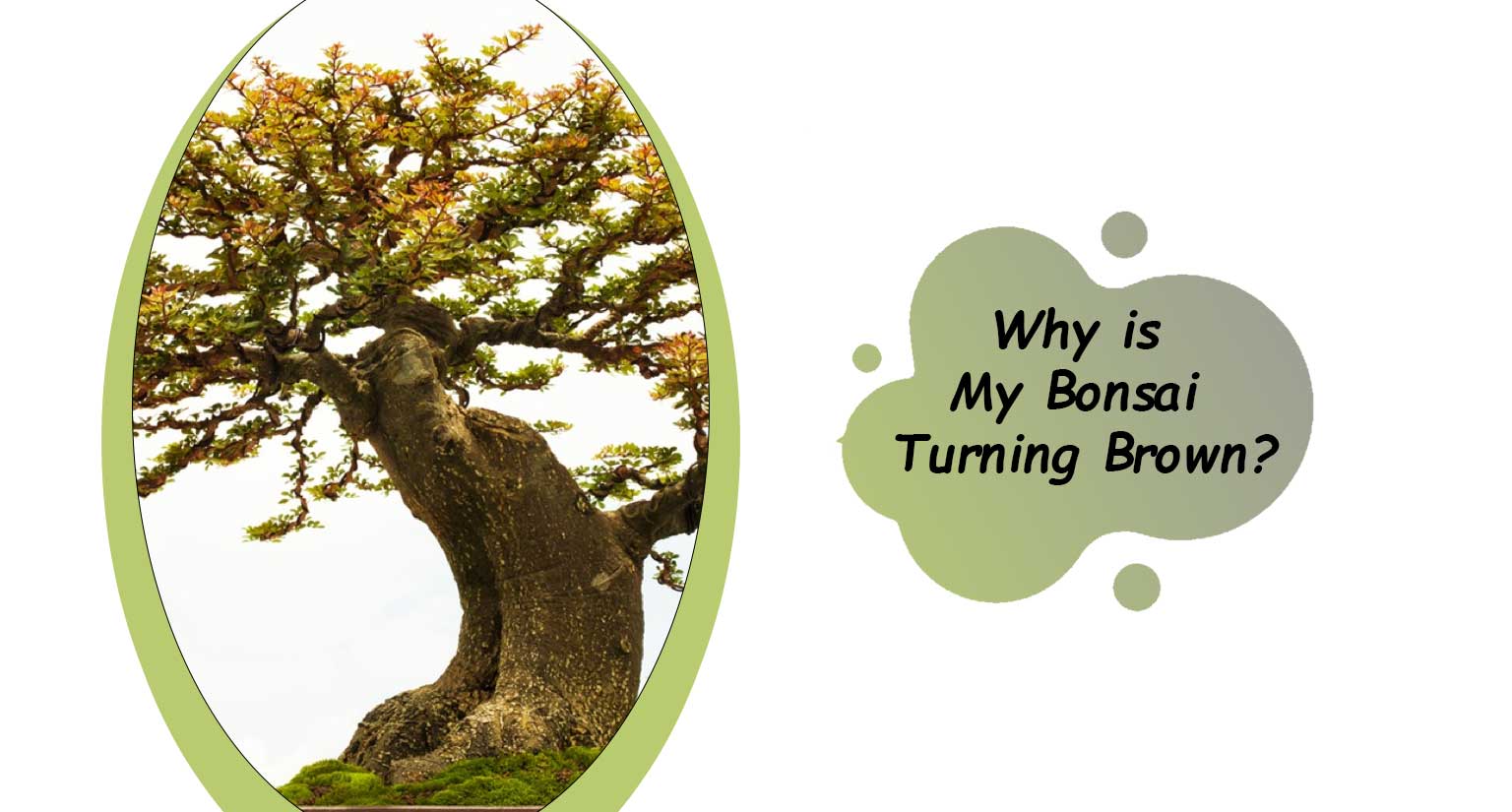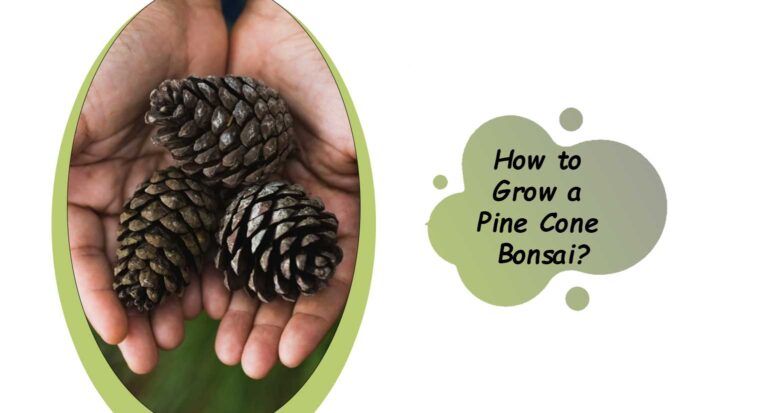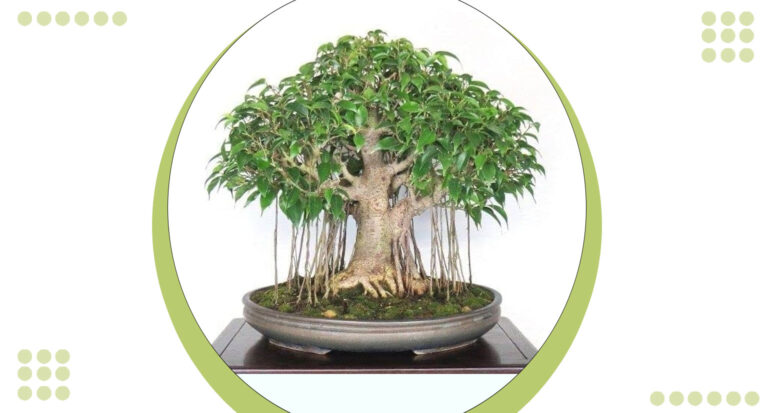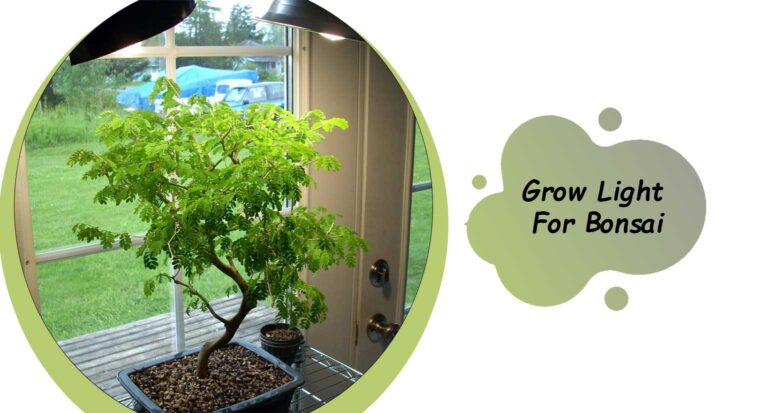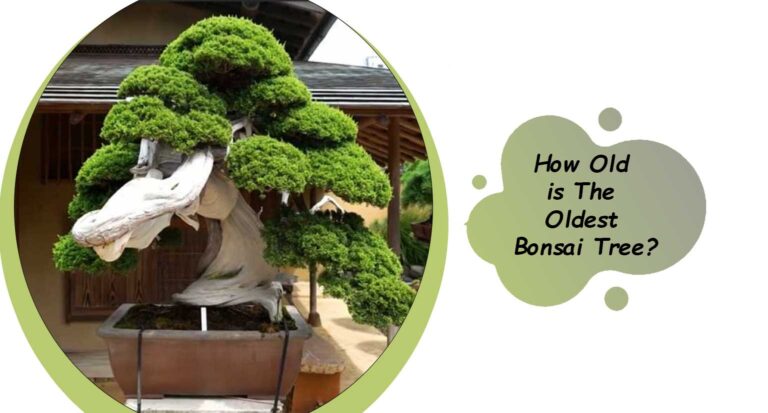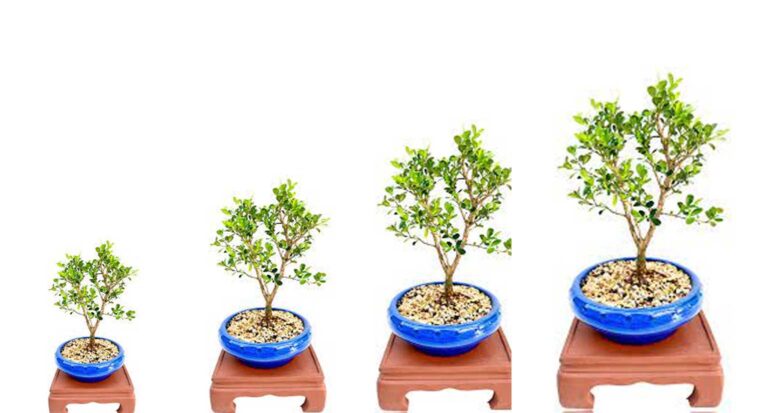Why is My Bonsai Turning Brown?
If you’ve ever cared for a bonsai tree, you know that it can be a deeply rewarding and meditative experience. Watching your miniature masterpiece thrive is a source of pride and satisfaction.
However, there may come a time when you notice that your beloved bonsai is showing signs of distress, and one common concern is its leaves turning brown.
Don’t worry; you’re not alone in facing this issue. In this comprehensive guide, we’ll explore the various reasons why your bonsai might be turning brown and provide you with expert insights and practical solutions to help your bonsai regain its lush, green vitality. Let’s delve into the world of bonsai care and discover how to keep your precious tree in its prime condition.
Why is my bonsai turning brown?
Understanding the reasons behind your bonsai tree’s browning leaves is crucial to nursing it back to health. Bonsai trees are delicate and can react to changes in their environment or care regimen. Here are some of the most common factors that could be causing your bonsai to turn brown:
1. Overwatering:
One of the leading causes of brown leaves in bonsai trees is overwatering. When the roots of your bonsai are consistently soaked, they can’t access the oxygen they need to thrive.
This can result in root rot, which hinders the tree’s ability to absorb water and nutrients, leading to brown, wilted leaves.
2. Underwatering:
On the flip side, underwatering can also be a culprit. Bonsai trees require a consistent and balanced watering schedule.
When they don’t receive enough moisture, their leaves can dry out and turn brown. It’s important to find the right balance to keep your tree hydrated but not waterlogged.
3. Poor Drainage:
Proper drainage is essential for the health of your bonsai. If the pot doesn’t have adequate drainage holes or the soil doesn’t allow excess water to escape, your tree can suffer from waterlogged roots, ultimately causing brown leaves.
4. Inadequate Light:
Bonsai trees require the right amount of light to thrive. If your bonsai is placed in an area with insufficient light or is exposed to direct sunlight for extended periods without protection, its leaves may turn brown due to stress or sunburn.
5. Pests and Diseases:
Bonsai trees are susceptible to various pests and diseases. Spider mites, aphids, and fungal infections can all damage the leaves, causing them to brown. Regularly inspect your tree for any signs of infestation or disease and take prompt action if needed.
6. Nutrient Imbalance:
A lack of essential nutrients or an imbalance in the soil’s pH can also lead to brown leaves. Make sure you’re using the right type of fertilizer and periodically check the soil’s pH levels to ensure your bonsai gets the nutrients it requires.
7. Seasonal Changes:
It’s important to recognize that some degree of leaf browning can be a natural response to seasonal changes. Bonsai trees may shed older leaves as they prepare for new growth. This is particularly common during the fall and winter months.
By identifying the specific cause of your bonsai’s brown leaves, you can take targeted steps to address the issue and promote its overall well-being.
In the following sections, we’ll delve deeper into each of these factors, offering practical tips and solutions to help you revive your bonsai’s beauty and vigor.
How to Deal with Brown Leaves on Your Bonsai Tree?
Discovering brown leaves on your cherished bonsai tree can be disheartening, but it’s not the end of the road for your miniature masterpiece.
With the right care and attention, you can nurse your bonsai back to health and restore its lush greenery. Here’s a step-by-step guide on how to deal with brown leaves on your bonsai:
1. Identify the Root Cause:
Before taking any action, it’s crucial to determine why your bonsai’s leaves are turning brown. Refer to the previous section for a detailed list of potential causes. Carefully examine your tree and its environment to pinpoint the specific issue.
2. Adjust Your Watering Routine:
If overwatering or underwatering is suspected, adjust your watering routine accordingly. Ensure that your bonsai’s pot has adequate drainage and water it thoroughly when the top inch of soil feels dry. Avoid letting the roots sit in standing water, as this can lead to root rot.
3. Prune Affected Leaves and Branches:
Gently prune the brown, damaged leaves and branches using clean and sharp bonsai shears. This not only improves the tree’s appearance but also encourages new growth. Make clean cuts to minimize stress on the tree.
4. Check for Pests and Diseases:
Inspect your bonsai for signs of pests or diseases. If you find any, treat your tree with the appropriate pest control or fungicide. Isolating the bonsai from other plants can prevent the issue from spreading.
5. Adjust Lighting Conditions:
Evaluate the amount and quality of light your bonsai receives. Bonsai trees typically thrive in bright, indirect light. If necessary, move your tree to a more suitable location or provide shade during the hottest part of the day.
6. Feed Your Bonsai:
Ensure your bonsai receives the necessary nutrients by feeding it with a balanced, slow-release bonsai fertilizer. Follow the recommended dosage and frequency based on the type of bonsai and the time of year.
7. Repot if Necessary:
If your bonsai has outgrown its current pot or the soil has become compacted, consider repotting. This allows for fresh soil and better root health. Repot during the appropriate season for your bonsai species.
8. Patience and Observation:
Reviving a bonsai takes time, so be patient. Continue to monitor your tree’s progress, making adjustments as needed. Regularly remove dead or yellowing leaves to encourage new growth.
9. Seek Expert Advice:
If your bonsai’s condition doesn’t improve despite your efforts, don’t hesitate to seek advice from a bonsai specialist or local nursery. They can provide guidance tailored to your specific tree and its unique needs.
Bonsai care is a journey, and setbacks like brown leaves can be valuable learning experiences.
By addressing the root causes and following these steps, you can increase the chances of seeing your bonsai thrive once again, gracing your space with its natural beauty and tranquility.
What does a bonsai tree feel like when it is overwatered?
Understanding how your bonsai tree responds to overwatering is crucial for maintaining its health and vitality. When a bonsai tree is overwatered, it exhibits several telltale signs that can help you identify the issue. Here’s what your bonsai may feel like when it is receiving too much water:
1. Soggy Soil:
When you touch the soil in the bonsai pot, it will feel excessively damp, almost spongy. Overwatered soil retains moisture, making it feel wet to the touch.
2. Wilting Leaves:
Surprisingly, overwatering can lead to leaves that appear wilted and limp. This is because waterlogged roots struggle to absorb oxygen, causing the leaves to lose their turgidity.
3. Yellowing or Browning Leaves:
The most noticeable sign of overwatering is often the discoloration of leaves. They may turn yellow or brown as a result of nutrient deficiencies and the root’s inability to function properly.
4. Reduced Growth:
Overwatered bonsai trees tend to exhibit stunted growth or even stop growing altogether. The excess water disrupts the uptake of nutrients, which hinders the tree’s overall development.
5. Root Rot:
If you were to inspect the roots of an overwatered bonsai, you might notice a foul odor and a dark, mushy appearance. This is a clear sign of root rot, which occurs when the roots suffocate due to excess moisture.
6. Algae or Mold Growth:
Excessive moisture in the soil can lead to the growth of algae or mold on the surface. These unsightly additions are indicators of overly wet conditions.
7. Pest Attraction:
Overwatered bonsai trees may also become more susceptible to pests, as the stressed plant becomes an attractive target for insects and other nuisances.
It’s important to note that overwatering can vary in its severity. Some bonsai trees may show only subtle signs of stress, while others may exhibit more pronounced symptoms.
To prevent overwatering, it’s crucial to establish a balanced watering routine and ensure proper drainage for your bonsai’s pot.
Monitoring the soil’s moisture levels and paying attention to your tree’s response will help you maintain optimal care and keep your bonsai thriving.
Conclusion
In the world of bonsai cultivation, the sight of brown leaves on your prized miniature tree can be concerning, but it doesn’t have to be a cause for despair.
Armed with knowledge and a proactive approach, you can address the underlying issues and restore your bonsai to its full splendor.
Throughout this comprehensive guide, we’ve explored the various factors that can lead to brown leaves on your bonsai, ranging from watering habits to lighting conditions, pests, and nutrient imbalances.
By identifying the root cause and taking the appropriate measures, you can rejuvenate your bonsai and ensure its continued growth and vitality.
Remember that bonsai care is an ongoing journey that requires patience, observation, and a deep connection with your tree.
As you nurture your bonsai back to health, you’ll not only witness its resilience but also experience the tranquility and satisfaction that come from tending to these exquisite living works of art.
With the insights and solutions provided here, you have the tools to overcome the challenges of brown leaves and elevate your bonsai cultivation skills.
Embrace the journey, and watch as your bonsai thrives, adding a touch of natural beauty and serenity to your life and surroundings.
FAQs ( Frequently asked question)
If you’re grappling with the issue of your bonsai tree turning brown, you’re not alone. Many bonsai enthusiasts have faced similar challenges.
Here are some of the most frequently asked questions (FAQs) about why bonsai trees turn brown and how to address this common concern:
Q1. Why are the leaves on my bonsai turning brown?
A- Brown leaves on bonsai trees can result from various factors, including overwatering, underwatering, poor drainage, lighting issues, pests, diseases, and nutrient imbalances.
Q2. How do I know if I’m overwatering my bonsai?
A- Overwatering is often indicated by soggy soil, wilting leaves, yellowing or browning foliage, reduced growth, root rot, and the presence of algae or mold in the soil.
Q3. What should I do if I suspect overwatering?
A- To address overwatering, adjust your watering routine, ensure proper drainage, and allow the soil to dry out slightly between waterings. Prune affected leaves and inspect the roots for signs of rot.
Q4. Is underwatering a common cause of brown leaves in bonsai trees?
A- Yes, underwatering can also lead to brown leaves. Bonsai trees require consistent moisture, so failing to water them adequately can result in stressed and discolored foliage.
Q5. How can I tell if my bonsai isn’t getting enough light?
A- Bonsai trees lacking adequate light may have pale, elongated growth, and their leaves may become sparse. On the other hand, exposure to excessive direct sunlight can lead to leaf burn.
Q6. Are brown leaves in bonsai trees always a sign of a problem?
A- While brown leaves can be indicative of issues like overwatering or underwatering, some degree of leaf browning can also be natural, especially during seasonal changes when older leaves are shed to make way for new growth.
Q7. What steps can I take to revive my bonsai with brown leaves?
A- To revive a bonsai with brown leaves, identify the root cause, adjust your care routine, prune damaged foliage, check for pests and diseases, provide proper lighting, fertilize as needed, and be patient as your tree recovers.
Q8. When should I repot my bonsai if it has brown leaves?
A- Repotting should be considered if your bonsai has outgrown its pot, the soil is compacted, or the root system is compromised. Timing for repotting depends on the bonsai species and its specific needs.
Q9. Should I consult a bonsai specialist if my tree’s leaves are turning brown despite my efforts?
A- Yes, seeking advice from a bonsai specialist or local nursery can be beneficial if your bonsai’s condition doesn’t improve.
They can offer personalized guidance and solutions tailored to your tree’s unique requirements.
By addressing these frequently asked questions, you’ll have a better understanding of why your bonsai tree may be turning brown and how to effectively care for it.
Remember that bonsai care is both an art and a science, and continuous learning and adjustment are key to nurturing a healthy and vibrant bonsai.

